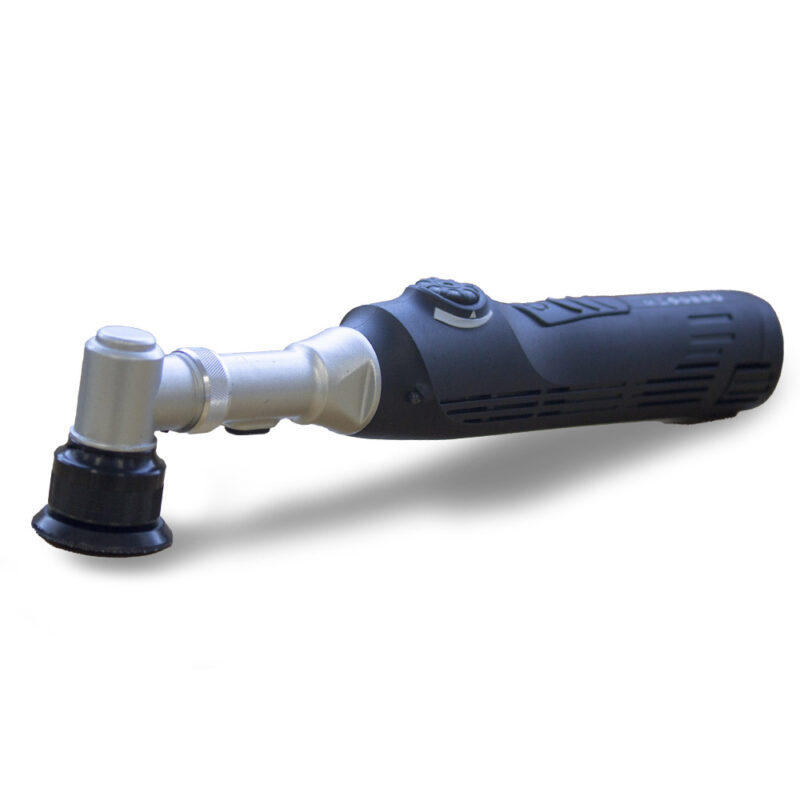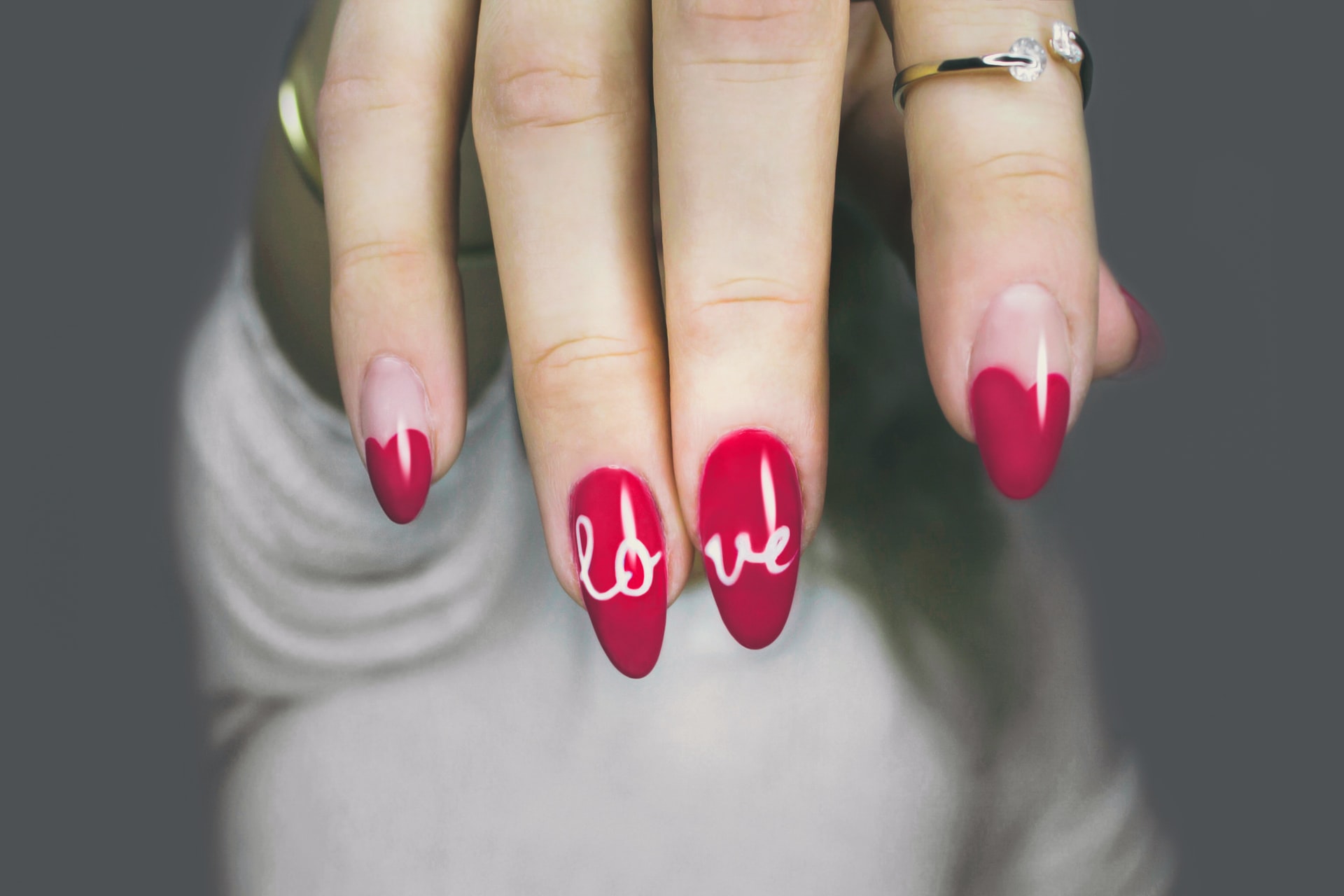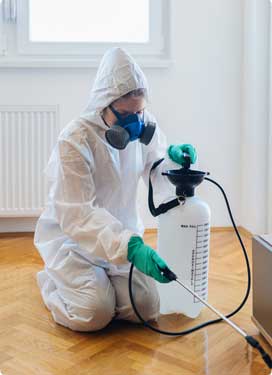While hand polishing has its place in the detailing world, using a polishing machine will often grant superior results compared to manual polishing. But as with every aspect of car detailing and maintenance, there is an art to machine polishing. Going in blind may actually end up doing more harm than good for the paintwork of your car. This article will explore the main types of machine polishers on the market and how to maximise the results from machine polishing.
Types of Polishing Machines
Some of the most common types of machine polishers are rotary, dual action and random orbit. The type of polishing machine you choose for detailing will ultimately depend on your own unique needs and desired results.
For beginners, it’s generally recommended that they start learning machine polishing by using a random orbit polisher. This is due to random orbital polishers being very affordable and easy to handle and use. They also decrease the risk of paint burn occurring.
Dual action can be seen as the next step up from a random orbit polisher. They’re beginner-friendly and have similar characteristics to a random orbit polisher, but they can be a bit more expensive.
Rotary polishers are much more difficult to handle and master compared to a dual action or random orbit. While this type of polishing machine offers unparalleled cut, shine and efficiency, it carries with it a much steeper learning curve and a higher risk of paint burn. These polishers should only be used by professionals and those who have mastered the art of machine polishing.
Preparing Your Vehicle for Maximum Results
As with hand polishing, when using a polishing machine you should always first prepare your vehicle by thoroughly washing off any contaminants and unsightly particles. This will decrease the chance that you’ll embed these particles and debris even deeper into your paint’s surface during the polishing process.
You should also ensure that you’re only polishing your car in a shaded area, as the heat from sunlight tends to dry polishing products too quickly, making the residue harder to remove and impacting the results you get.
Machine Polishing Techniques for the Best Results
Once you’ve prepared your polishing machine and pads and have chosen an appropriate polishing product, you’re ready to start polishing your car.
Here are some general guidelines when it comes to using a machine polisher:
- Work in small areas – Limiting the polishing area will maximise the efficacy of the polishing products you’re using.
- Always follow the instructions on the bottle – Most polishing products require a surprisingly small amount of product to be applied to the polishing pad to work effectively. Don’t overdo it, and if you’re unsure, read the product instructions.
- Start polishing at a slow speed – Setting your polishing machine to a slow speed will ensure you can spread the polishing product evenly and reduce the chance of swirl marks.
- Wipe off excess polish with a microfibre towel – Once you’ve made enough passes on a section, be sure to wipe off any leftover residue with a microfibre towel. Ideally, you’ll want to make 4-5 passes on the section you’re polishing.
- Clean pads periodically – It’s normal for polishing pads to accumulate polishing products during the process. Be sure to clean your pads periodically, especially when starting to polish a different section of the vehicle.
The most important thing when using a polishing machine is not to rush, especially when first starting out. As you gain more experience and experiment with different products and techniques, your speed and the results you gain from polishing should both gradually improve.





